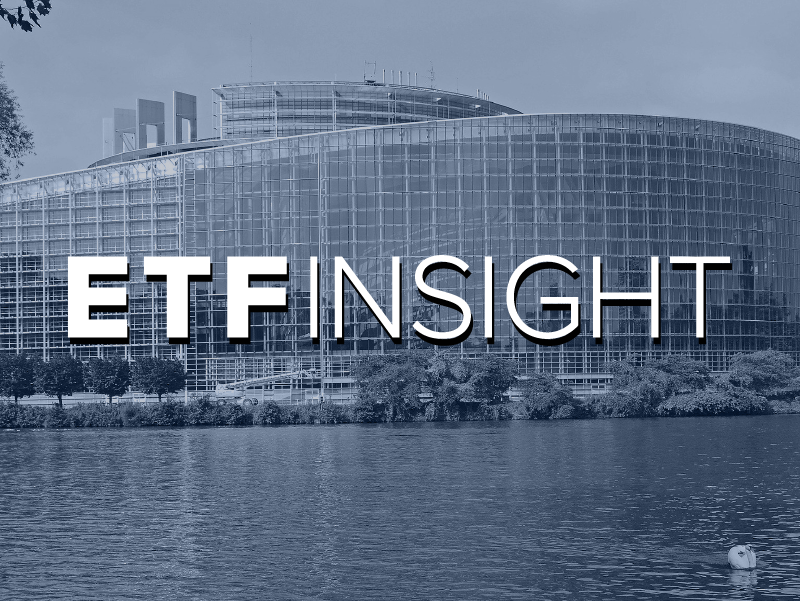Almost two years have passed since the Markets in Financial Instruments Directive (MiFID) II came into effect and the vast legislation has had a number of unintended impacts on the European ETF ecosystem.
Billed as the biggest piece of regulation to hit Europe in over a decade, MiFID II was introduced to encourage greater transparency and shine a spotlight on the opaque structure of the market.
However, the directive has failed to solve and even caused a number of issues for market participants.
Among the biggest changes was the requirement for firms to price research separately from execution. Prior to MiFID II, research was often bundled into the transaction fees meaning clients did not know how much they were paying for the research.
However, Bernie Thurston, CEO of Ultumus, said the ability for brokers to embed research with trading gave clients a more valuable proposition.
“Now, market making in the equity space is purely based on execution which is not profitable,” Thurston added.
The impact is already being felt. Last month, IMC announced it is closing its equities and ETF trading business in Europe while Deutsche Bank made the decision to exit equities trading altogether in July.
Thurston commented: “If a nimble player like IMC has struggled in the space, many of the bigger players will be struggling as well due to the extra costs that come with running a bigger business.
“More people are going to close their equity trading in Europe. Automating the process is the way to survive.”
While MiFID II has led to a big increase in ETF trades being reported since coming into force, where these trades are occurring is the biggest issue for industry participants.
The regulator’s aim with MiFID II was to bring more ETF trading on-exchange in a move to increase transparency while reducing costs for liquidity providers, however, it has not worked.
Mark Hemsley, CEO of BATS Europe and President of CBOE Europe, said the regulators attempted to encourage more ETF trading on lit venues by closing down cross broker networks.
However, Hemsley explained this liquidity has simply moved to other venues such as systematic internalisers, where traders can get high levels of customisation, instead of to the lit venues.
“There has been a number of unintended consequences from MiFID II,” he continued. “MiFID II did not address the key problems with ETFs and a very subpar market.
“There was a misunderstanding [from regulators] of the market structure impacts of a lot of changes and that comes from a lack of understanding of true market structure.”
Echoing Hemsley’s views, Ben Miller, director, UK ETF institutional trading, and Willem Sprenkeler, head of public affairs at Optiver, told ETF Stream trades under $1m in size, which ideally would have moved on-exchange under MiFID II, were still being requested on European MTF/RFQ platforms.
“Optiver is of the opinion that some of the goals of MiFID II have not been fully achieved,” they added.
Meanwhile, Rob Boardman, CEO of Virtu Execution Services for Europe, explained the directive has caused more ETF trades to be executed at the close. According to Boardman, around 25% of ETF trades are executed at the closing period, up from 13% in January 2018.
When a high level of trades are executed at the same time, the execution price of these trades goes up.
“When you have that much liquidity focused on a few minutes' execution points, it creates operational risk for the industry to get all the orders in and allows the national exchanges to charge whatever they want,” Boardman warned.
“From an operational point of view, the industry needs some form of solution to this issue. If ETFs are successful, then this problem will only get worse in the coming years.”
ETF Insight is a new series brought to you by ETF Stream. Each week, we shine a light on the key issues from across the European ETF industry, analysing and interpreting the latest trends in the space. For last week’s insight, click here.


